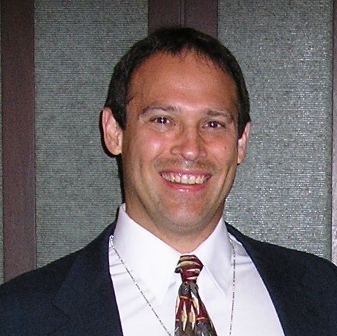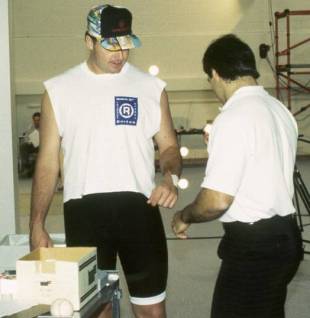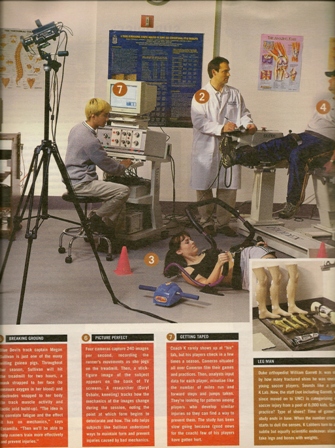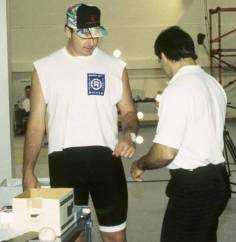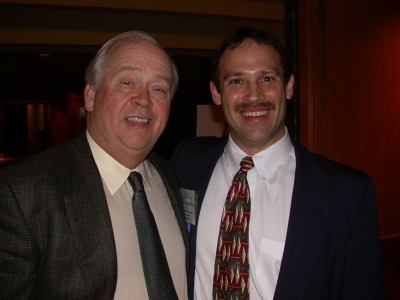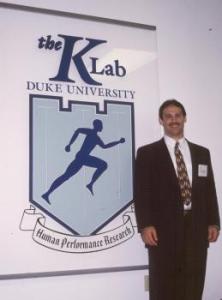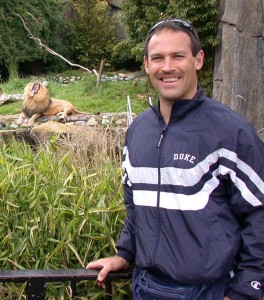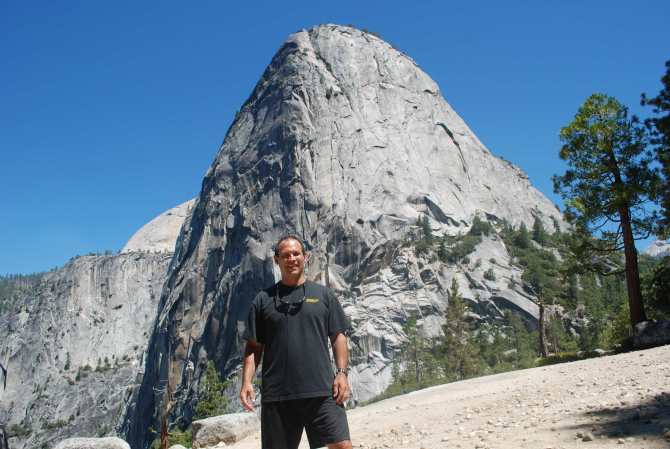Baseball is a sport that requires a high level of physical strength and stamina. Rafael Escamilla, PhD, PT, CSCS, is an experienced biomechanist and physical therapist who has years of athletic experience. While in high school and college, he played baseball and football, ran track, and was a competitive powerlifter, and he won athletic awards in all of these sports. After earning his degrees in physical therapy and biomechanics, Escamilla began working with high profile baseball players. He has also published over 150 papers and book chapters on the biomechanics of baseball, knee biomechanics, strength and conditioning, and common injuries in sport. There are several common injuries in baseball and several ways to prevent these injuries.
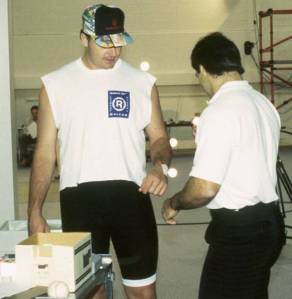
When the pitcher steps up to the mound. He grips the baseball and prepares to throw that ball as fast and as hard as he can. These pitches can exceed 100 miles an hour and require a large amount of strength, power, speed, and control. When a pitcher throws the ball, his trunk and throwing shoulder is rapidly rotating, and his elbow is extending in excess of 2000 deg./sec. This high level of speed and strength could potentially cause damage to the pitcher’s throwing shoulder and elbow. Shoulder and elbow injuries are common among baseball players. Throughout the game, they are throwing the ball to one another. This means that they are rotating their shoulder in the same way over and over. This can lead to a rotator cuff tear. These injuries can be prevented or at least decreased by developing strength and control in the shoulder and arm, and avoiding overuse, such as throwing and pitching year round by playing year round baseball. A baseball pitcher needs at least 3 months off from pitching throughout a given year to decrease shoulder injury risk.
Elbows are also susceptible to injury for the same reasons. While baseball players are throwing the ball, they are extending their elbows swiftly. These players may develop medial and lateral epicondylitis, which is an inflammation on both the inside and the outside of the elbow. Ulnar collateral ligament injuries (aka Tommy John injuries) are reaching epidemic levels among both youth and adult baseball pitchers. Elbow injuries are often the result of overuse, and pitchers need at least 3 months off from pitching throughout a given year to decrease elbow injury risk. In order to avoid these injuries, players should develop strength in their throwing arm and work on their control. It is important that they learn how to avoid overextending their elbow. It is also helpful for them to regularly rest their elbows in between games in order to protect it from overuse.
When a player is up to bat, he stands at home plate and swings the bat at the ball. While swinging, he is engaging his back, abdominals, and obliques. If a player overextends himself, he could injure one of these muscles. If he lacks strength and control in his trunk region, he could end up with a strained muscle, which could prevent his from playing in a future game. A player can decrease the risk of these injuries by building total body. A baseball player needs to have a strong core so that he can protect his muscles from stress and strain. Rafael Escamilla, PhD, PT, CSCS, played baseball in both high school and college. He is a skilled physical therapist and biomechanist who is highly experienced in his field.

